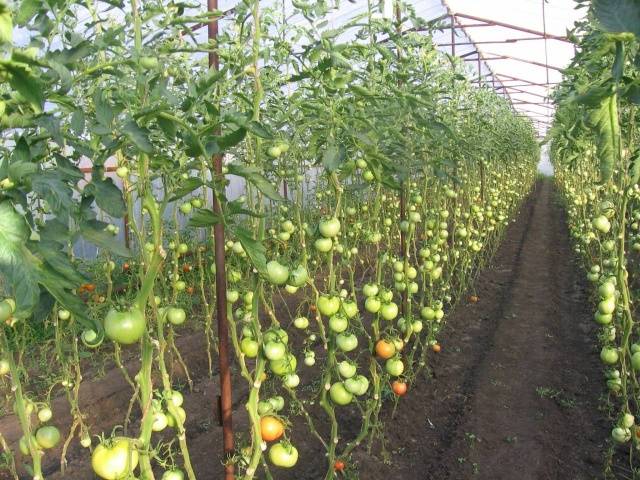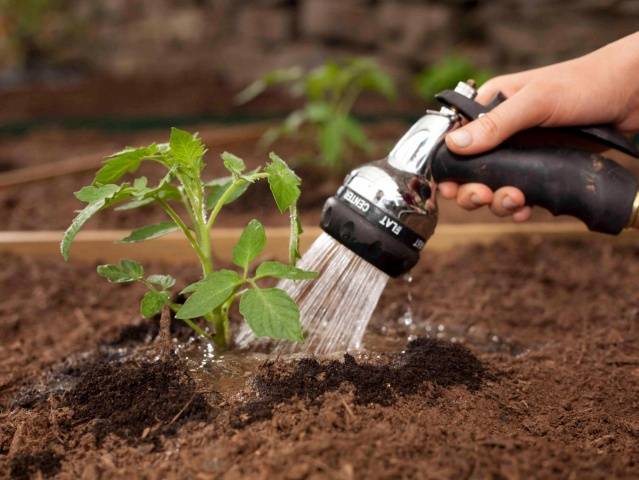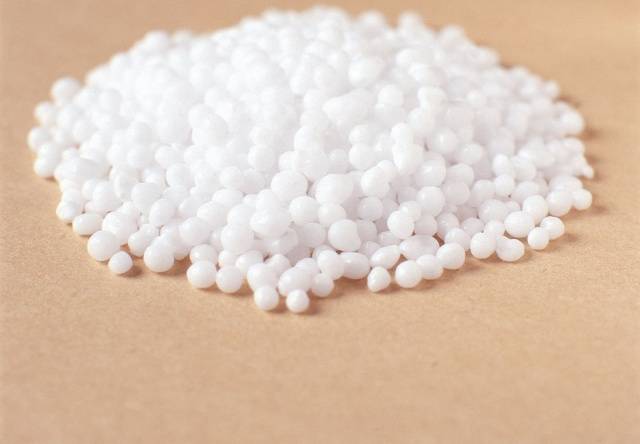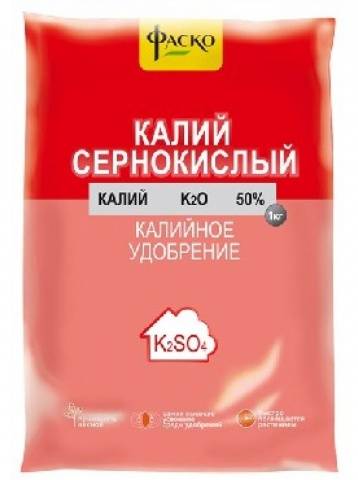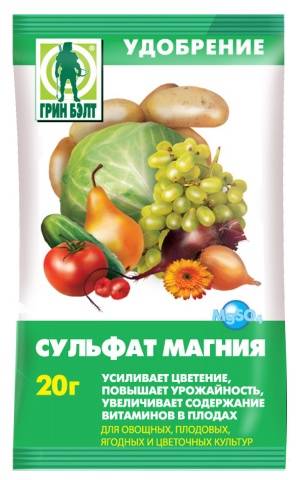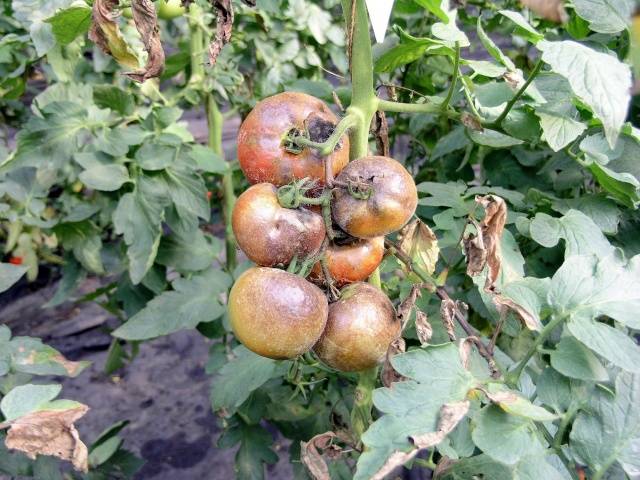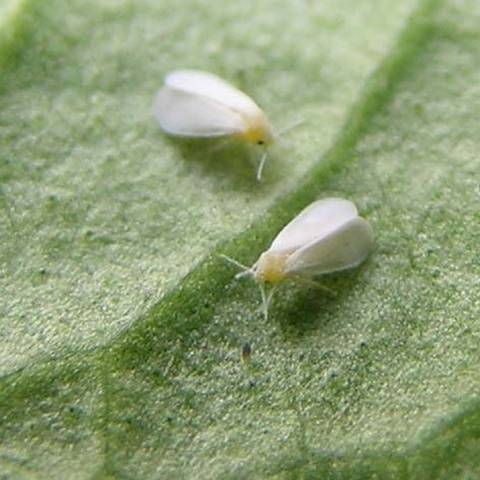Content
The appearance of yellow leaves on tomatoes indicates a violation of the rules for growing plants. There are several explanations why tomato leaves turn yellow... This includes a violation of the microclimate when growing tomatoes, a lack of fertilizers, the spread of diseases and pests.
Causes of yellowing of leaves
Violation of the microclimate
Tomatoes need to maintain certain climatic conditions for normal growth. Usually, drying of leaves is associated with improper temperature conditions and non-compliance with watering rules. If the tomatoes turn yellow and leaves drywhat to do depends on the cause of the violation of the microclimate.
Temperature
For normal growth, tomatoes require a temperature of 20 to 25 degrees during the day. At the same time, at night, its value should remain at the level of 18-20 degrees. Sharp temperature fluctuations negatively affect the condition of plants.
When the temperature rises above normal, the plants wilt. The first sign of this process is yellowing of tomato leaves. If measures are not taken in a timely manner, then the inflorescences of the tomatoes will begin to crumble.
The glass in the greenhouse can be covered with lime to reduce exposure to sunlight. To reduce the temperature, containers with water are placed between the bushes.
If tomatoes grow in open ground, then a canopy can be built over them. Its functions will be performed by a white fabric.
Watering tomatoes
Violation of the regimen of moisture application also leads to drying of plant leaves. Tomatoes need abundant, but infrequent watering. Due to the developed root system, tomatoes can receive moisture and nutrients from a depth of one meter.
If there is enough rainfall outdoors, plants will need less watering. Moisture should be applied at the root. It is not allowed to get on the stems and tops of tomatoes. Otherwise it will cause leaf burn.
Watering tomatoes requires warm water. It is best to use rainwater that has warmed up in the sun. Plants should be watered in the morning or evening in the absence of direct sunlight. The intensity of watering increases during the flowering period of tomatoes.
Mulching will help maintain the required level of soil moisture. For this, straw and compost are placed on the soil surface. Mulch avoids loosening and reduces the amount weeds.
If the leaves of tomatoes turn yellow, then this is the first sign of a lack of moisture. Therefore, it is imperative to revise the irrigation scheme and, if necessary, make adjustments.
Lack of fertilizers
The appearance of yellowness on plant leaves is often associated with a lack of nutrients in the soil. This is usually seen in tomatoes outdoors or in large greenhouses where it is difficult to control the quality of the soil.
Nitrogen
With a lack of nitrogen, tomato leaves turn yellow, after which the dried tops fall off. If you do not take timely measures, then the bush will begin to stretch, and the young shoots will become pale and small.
Due to nitrogen, plant growth is improved and green mass is built up. Tomatoes can be fed with urea. A bucket of water requires 40 g of this substance. The resulting solution is used for spraying plantings.
When using nitrogenous fertilizers, the dosage of the substances should be observed. Frequent nitrogen fertilization will lead to increased growth of tomato tops. If, after feeding, the condition of the plants has improved, then further nitrogen application should be stopped.
Potassium
With a deficiency of potassium in tomatoes, old leaves turn yellow and dry, and young tops curled up by boat... Small spots appear at the edges of the leaf plate, after which they merge into a single line. As a result, tomato leaves dry out.
You can fertilize plants with potassium at any stage of the growing season. This microelement is especially important for adult tomatoes when the fruits are ripening.
One of the options for feeding is the use of potassium sulfate. After its use, the content of vitamins and sugars in fertilized vegetables increases, and the plants acquire resistance to diseases.
To feed tomatoes requires 40 g of potassium sulfate per bucket of water. Plants are watered at the root or sprayed on the leaf.
Magnesium
With a lack of magnesium, yellowness first appears between the veins, then the leaf plate is twisted.
Magnesium sulfate will help to fill the deficiency of this element. 40 g of the substance is diluted in 10 liters of water, after which it is applied under the root of the plants. For spraying tomatoes, the specified rate is halved.
Magnesium allows plants to better absorb nitrogen, calcium and phosphorus. As a result, the development of tomatoes is activated, the yield increases and the taste characteristics of the fruits are improved.
Sulfur
Sulfur deficiency is determined by the light green tint of the leaves, which gradually turn yellow. In this case, the veins turn red. With a prolonged lack of sulfur, the stem weakens and becomes fragile.
Ammonized superphosphate will help to fill the lack of this element. This substance is highly soluble in the form and provides tomatoes with sulfur and potassium.
Iron
Iron deficiency causes chlorosis. This disease is characterized by the appearance of yellow leaves, and the veins remain green. Over time, the tops of the tomatoes lose color and the plant stops developing.
Iron sulfate will help to fill the deficit, on the basis of which a spray solution is prepared. 5 g of the substance is added to a bucket of water, after which processing is carried out. After a week, the procedure is repeated.
Development of diseases
Diseases often cause yellowing of tomato tops. Most of them develop with the appearance of excess moisture, plant thickening and other disturbances in plant care. To combat diseases, special drugs are used.
Fusarium
Fusarium is spread by fungal spores. The lesion covers the roots, stems, tops and fruits of tomatoes. Symptoms of the disease can occur at any stage of plant development, however, most often they can be detected during fruit formation.
With fusarium, tomato leaves turn yellow, which then curl up and fade. Brown vessels are visible on the stem section. The disease occurs from below, after which it moves to the top.
When fusarium appears, the plant is recommended to be removed and burned to avoid spreading the infection. To prevent the disease, you need to treat seeds and soil with fungicides before planting, plant plants at a distance of 30 cm from each other, eliminate weeds, and loosen the soil.
Phytophthora
If the leaves turn yellow on tomatoes, this may be a sign of late blight. This is a fungal disease, which is characterized by the presence of brown spots on yellowing leaves.
When phytophthora appears, all yellowed leaves must be eliminated. In the greenhouse, the humidity level should be reduced by ventilating it.
Healthy bushes are treated with biological agents (Fitosporin, Trichophyte, etc.). After using them, the fruits must be thoroughly washed and only then used for food.
If there is more than a month left before the harvest, it is allowed to use chemical preparations (Ridomil, Quadris, Hom). They are also used after harvest to disinfect the greenhouse and soil.
Additionally, tomatoes are treated with a solution based on iodine and milk (15 drops of iodine per 1 liter of milk and 9 liters of water). The procedure is carried out by spraying the plants. As a result, a film forms on the surface of the tops, which prevents the penetration of harmful bacteria.
Pest spread
The main pests of tomatoes are whiteflies, aphids, spider mites. If these insects are found, it is necessary to spray the plantings. Pests feed on the sap of plants and draw vitality from them. As a result, the upper leaves turn yellow, and the plants gradually wither.
If more than a month is left before the harvest, then the preparations "Inta-vir" or "Iskra" are used. These funds have a paralytic effect on the nervous system of insects. The preparations are not harmful to tomatoes and the environment.
When the harvest time is less than a month, then the drug "Biotlin" is used. This remedy is fast acting.
Other reasons
Seedlings may turn yellow with a lack of lighting. Installing a white fluorescent lamp will help to solve the problem. For tomatoes, the duration of daylight hours should be 8-10 hours.
If the lower leaves of a tomato turn yellow, this indicates damage to the root system. This usually occurs during deep loosening or when replanting plants to a permanent location. In this case, the color of the leaves will be restored when the adventitious roots appear in the tomatoes.
Conclusion
Why tomato leaves dry depends on the state of the environment and fertilization. If the temperature rises above normal, you can completely lose the crop. The scheme of watering tomatoes is necessarily corrected, if necessary, plant feeding is carried out.
If signs of disease or the presence of pests are detected, tomatoes are processed. For this, special preparations are used, on the basis of which a spray solution is prepared. Planting can be processed using folk methods that are as safe as possible for plants.
